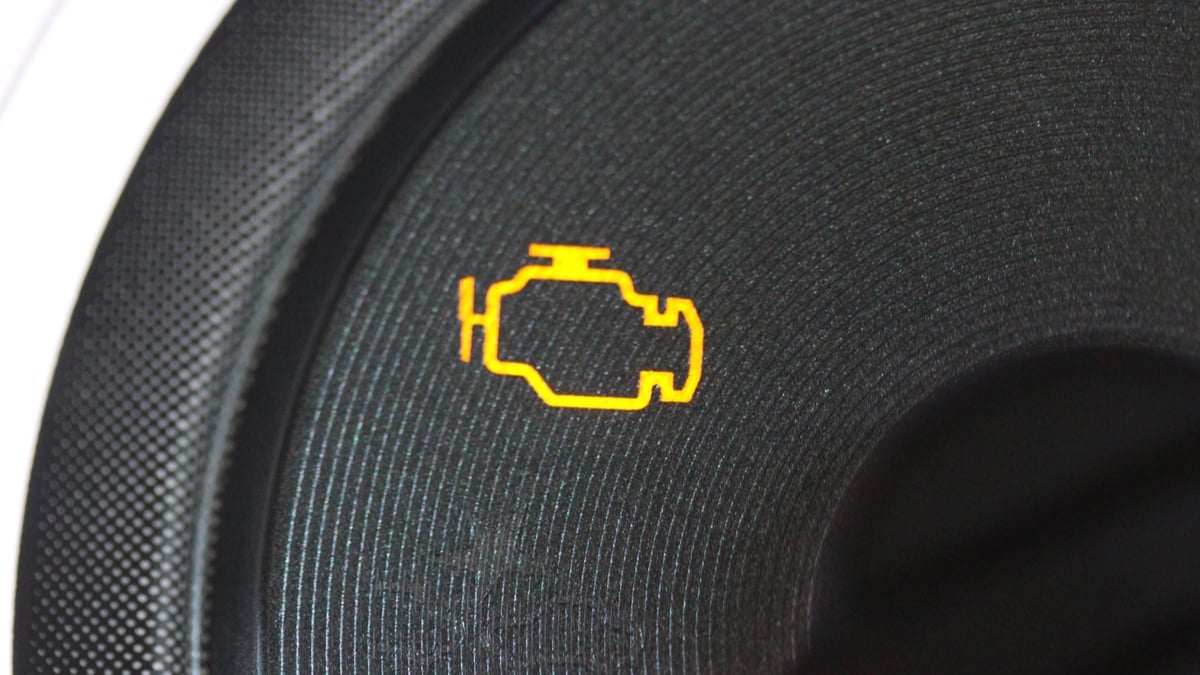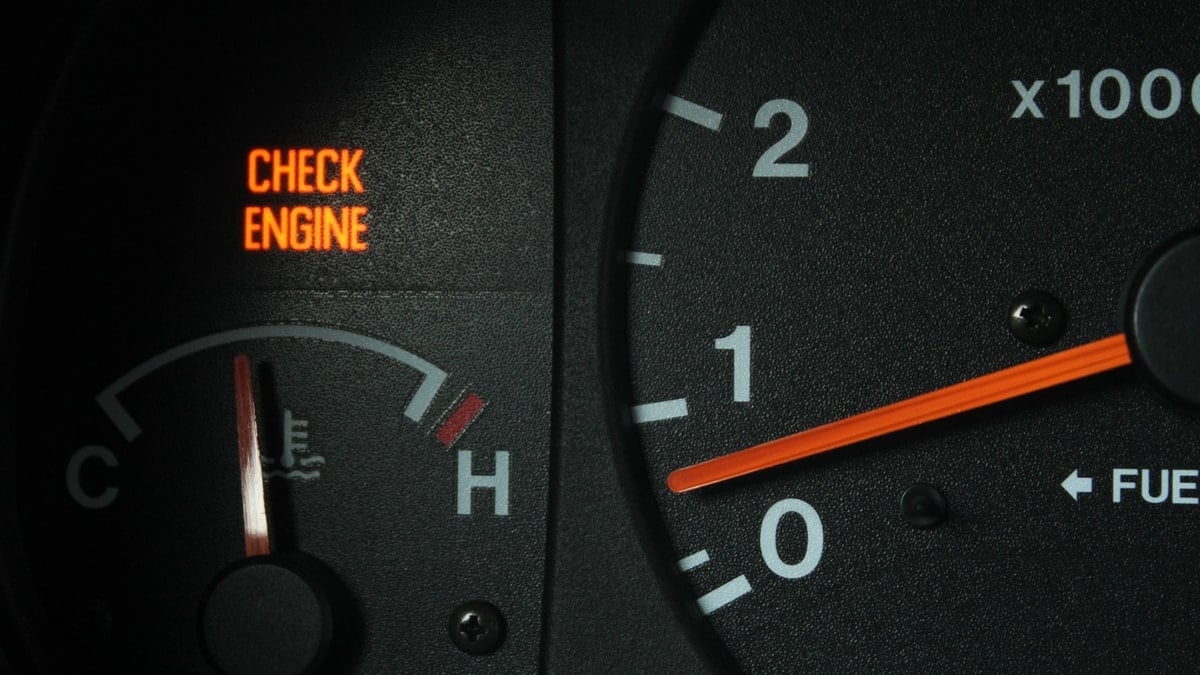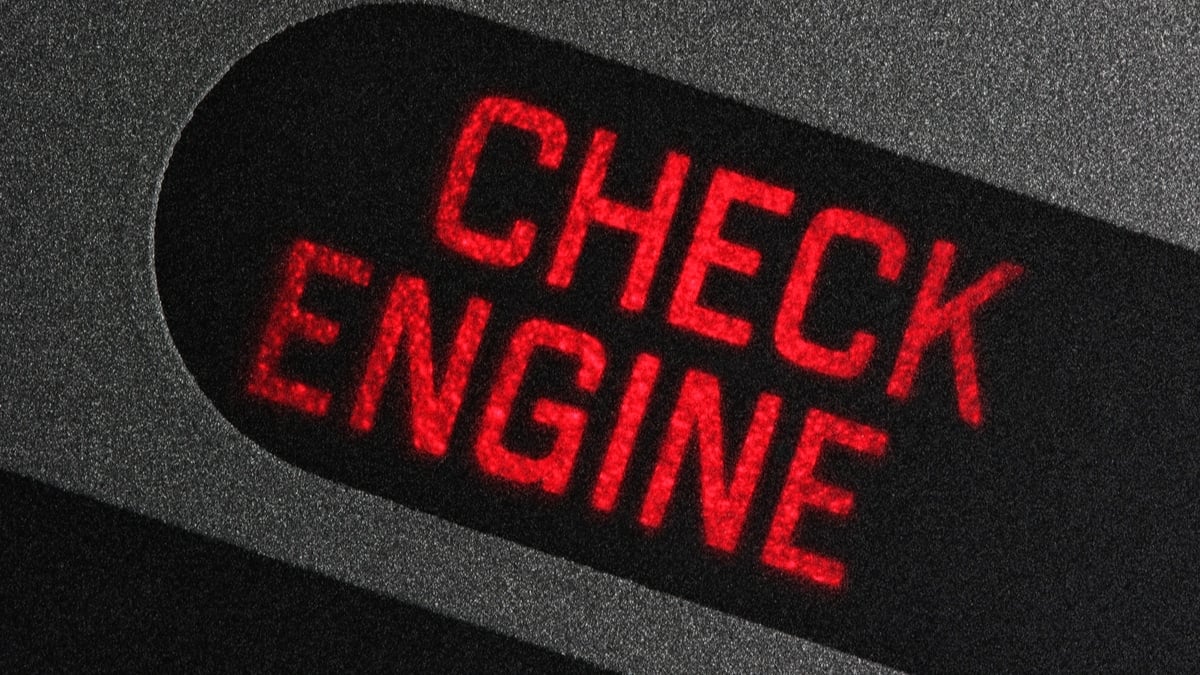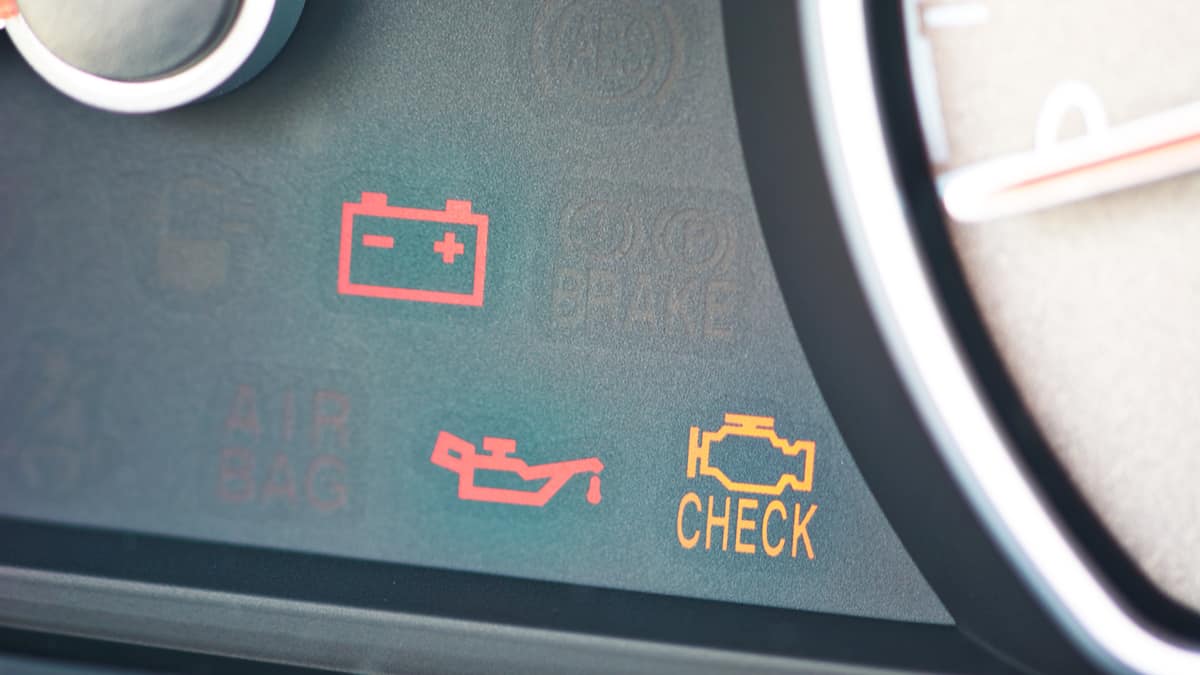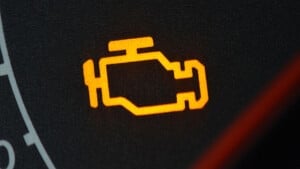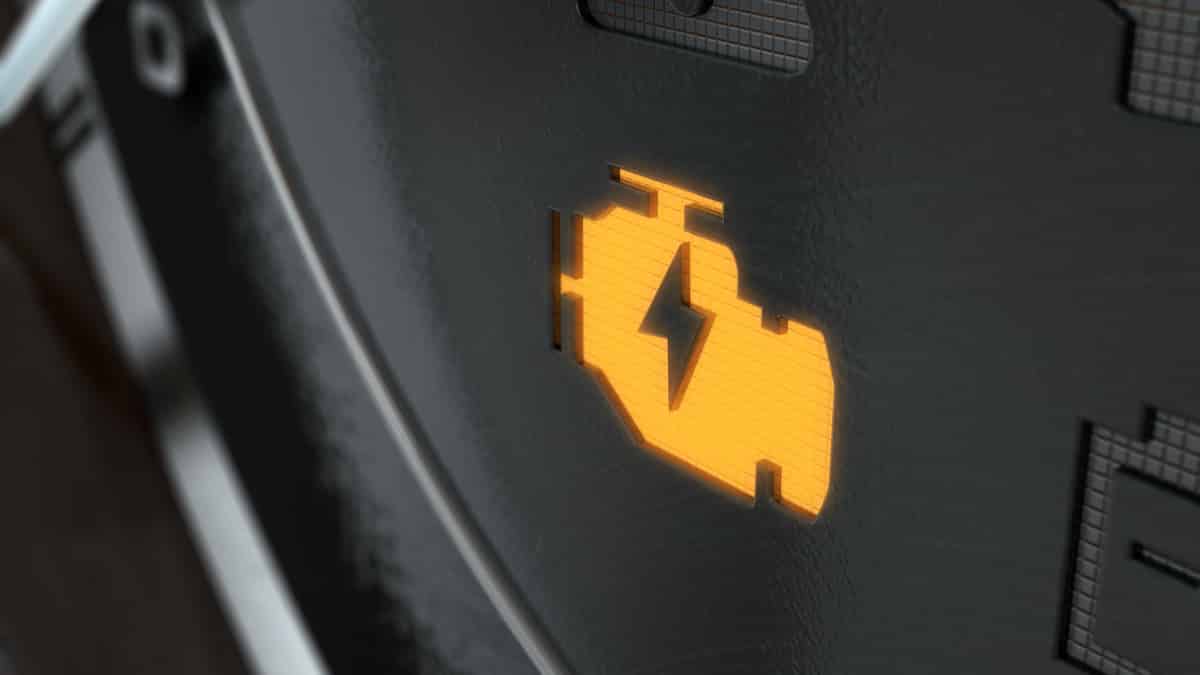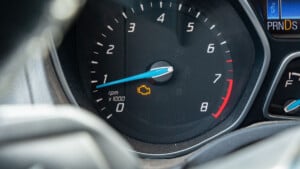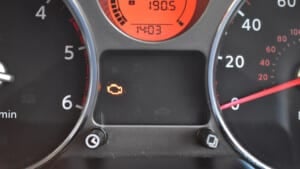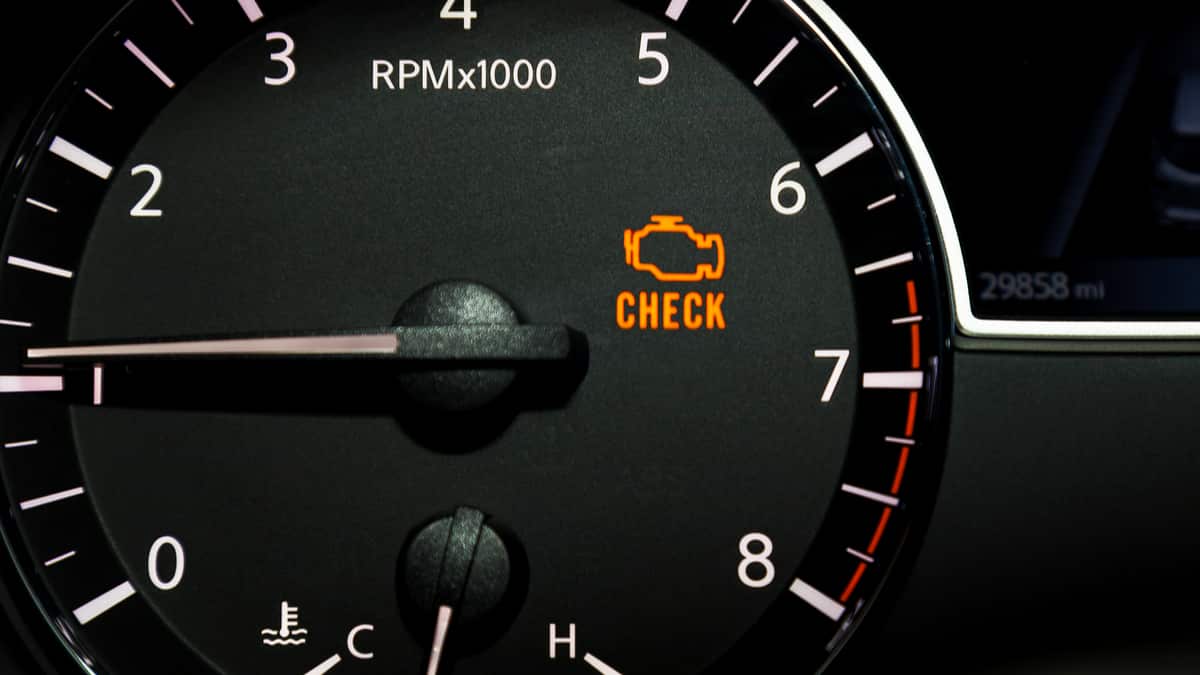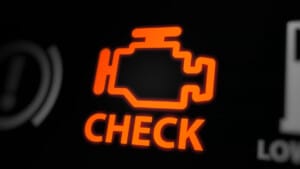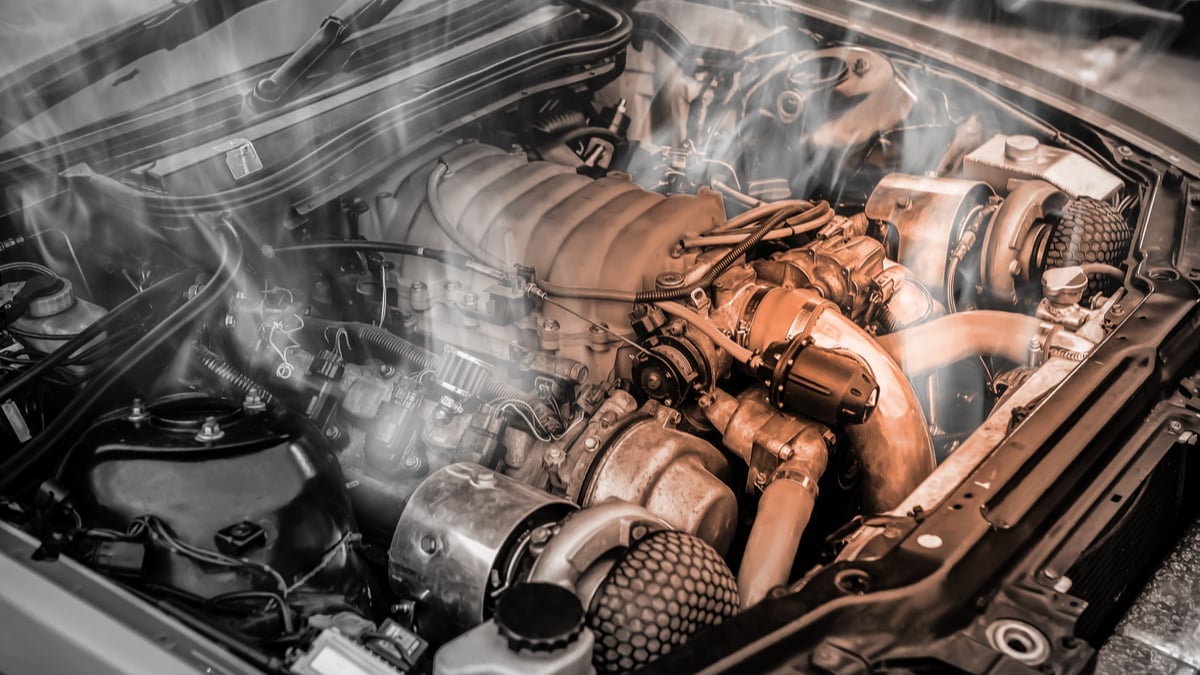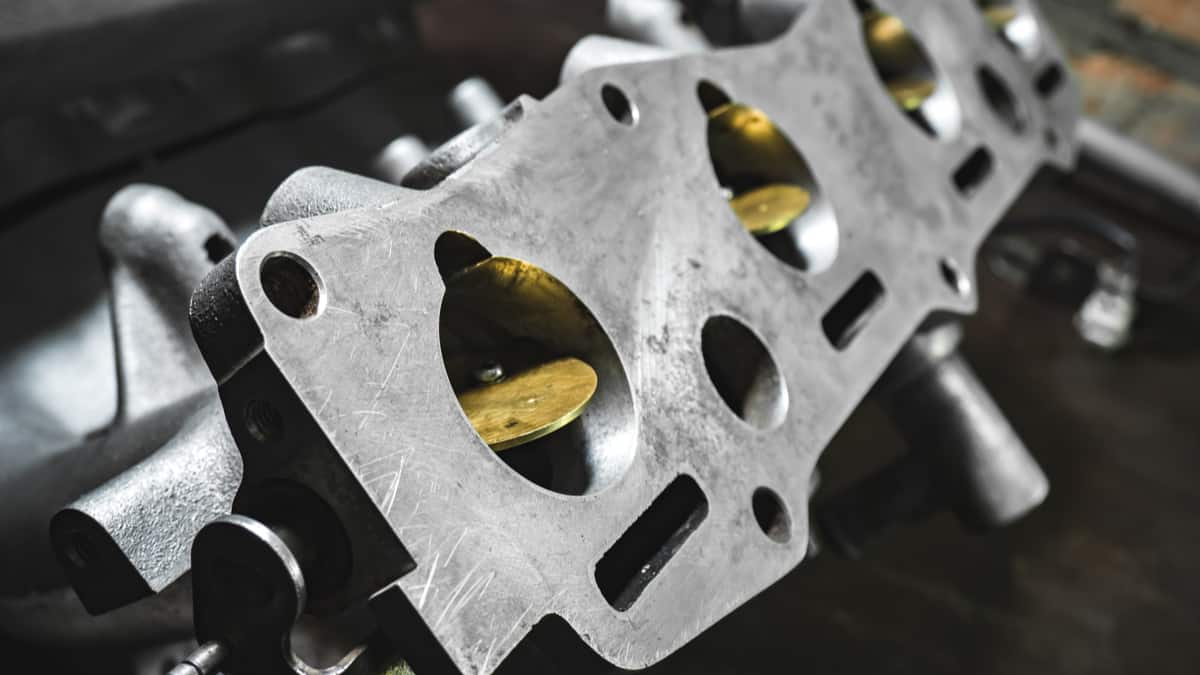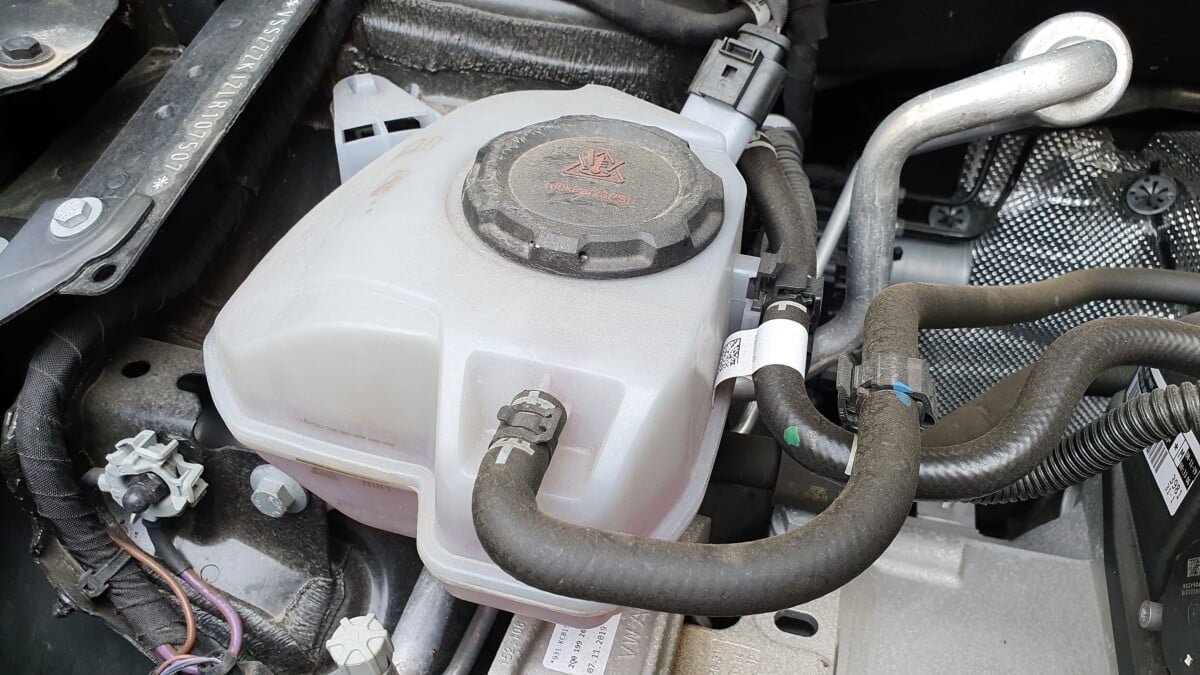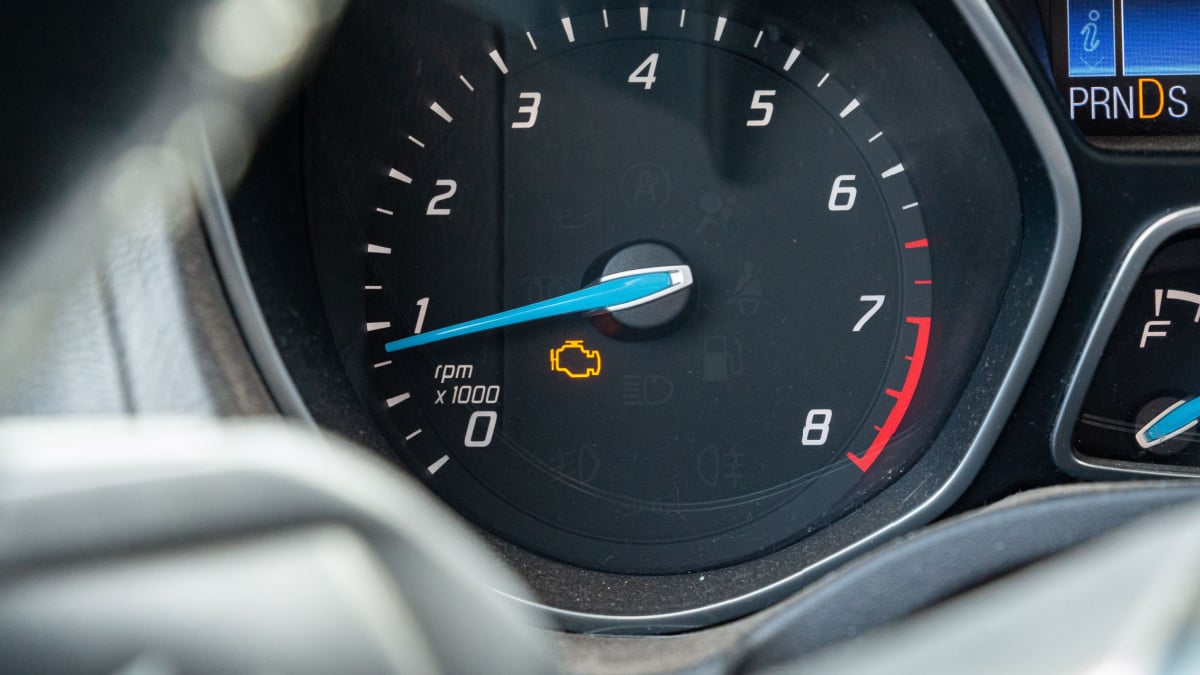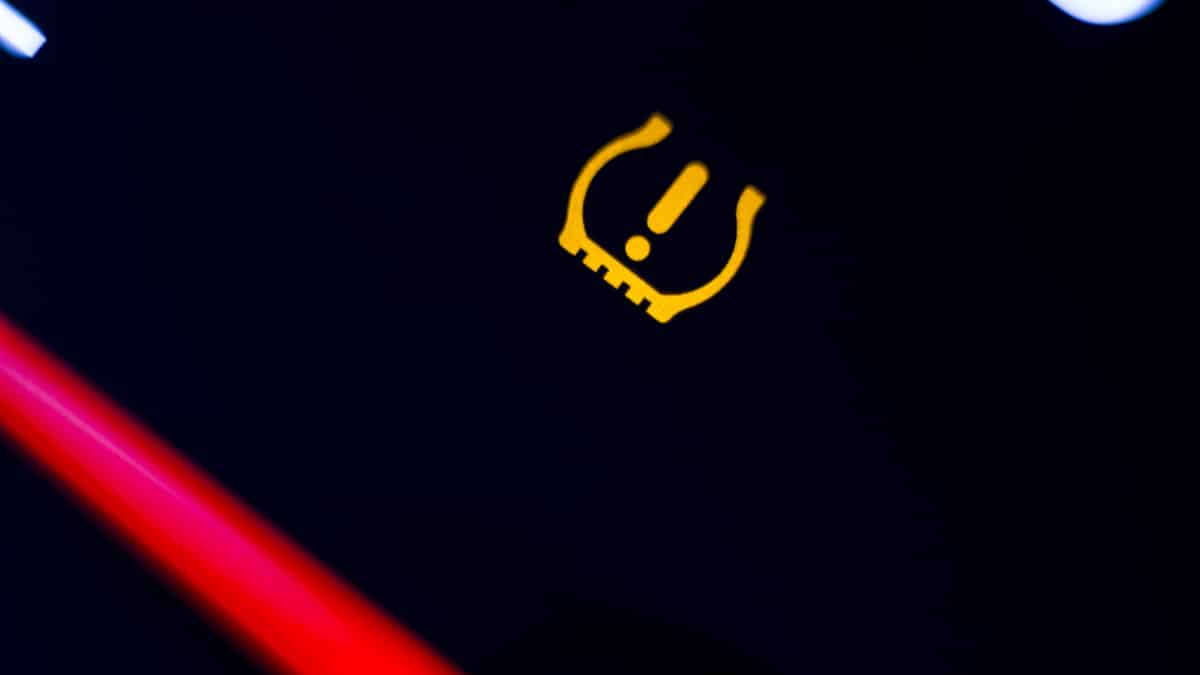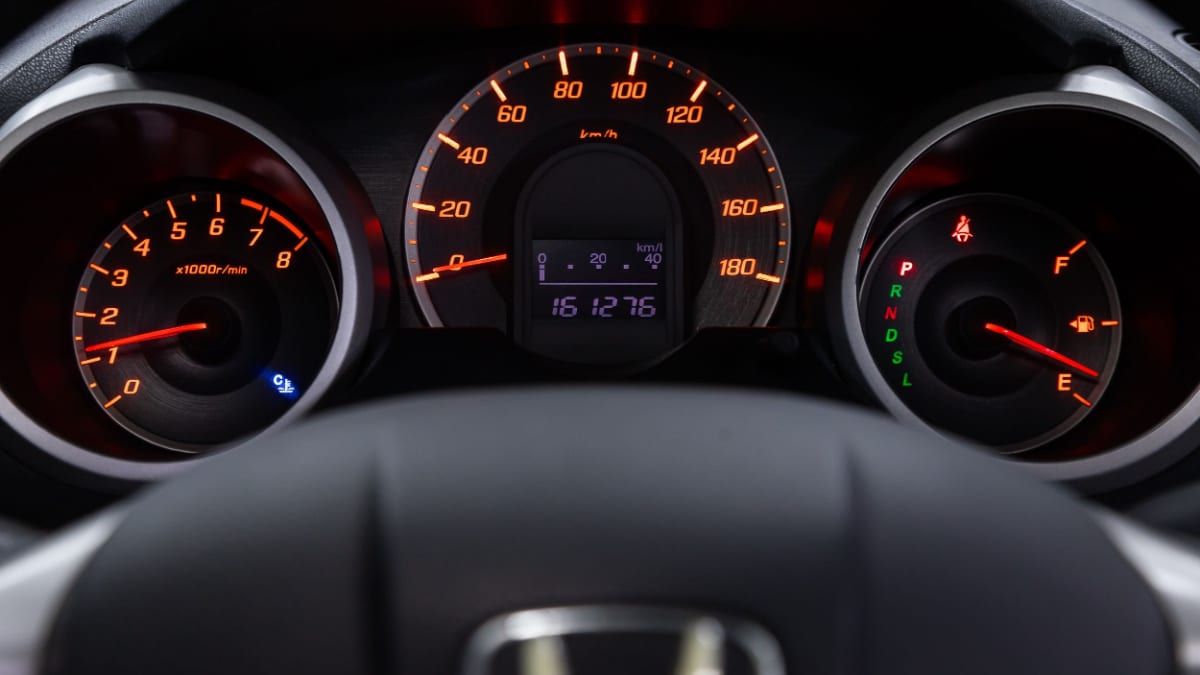When the Check Engine Light shows up on your dashboard, it’s an indication that there’s a problem. In most cases, you would get out your code scanner and see what’s causing the fault.
So what do you do when you can’t find any diagnostic codes showing you what the problem is? While it is a rare occasion, there are reasons that the Check Engine Light is on, but no codes are showing.
In this guide, we take a closer look at what can cause this rare occurrence. We also examine what you can do about it, allowing you to read the codes or diagnose the fault.
Reasons For A Check Engine Light On But No Codes
If your check engine light is on but can’t see any codes, it’s most likely due to having the wrong scanner or one that is incompatible with your vehicle. There could also be an electrical short or blown fuse causing the light to come on for no reason.
Here is a more detailed list of the most common reasons why your check engine light is on but no codes:
1. Wrong Code Scanner
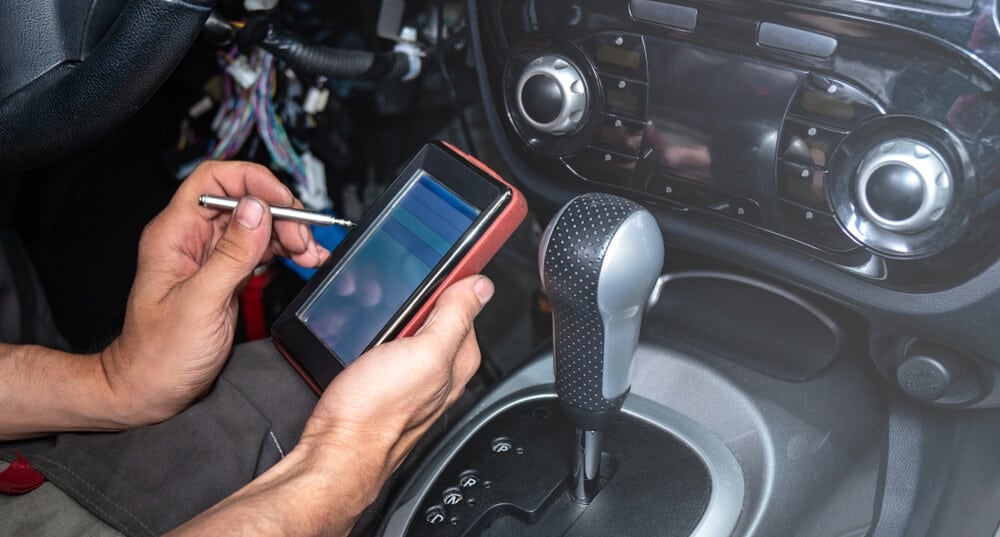
No two code scanners are the same. You can find plenty of low-cost diagnostic scanners on the market that read the most basic codes, but these aren’t going to give you everything you need with the emissions system or transmission.
Additionally, if you choose to go to a local auto parts store for a free code scan, the workers there aren’t busting out an expensive diagnostic tool. Instead, you are getting a basic scan that might not encompass the codes that are set.
You can find some good scanner alternatives here: The Best OBD2 Scanners
2. Electrical Short
It’s unlikely that there’s an electrical short causing your trouble, but not impossible. If a short has occurred somewhere in the system, power could be jumping to the light, forcing it to be on.
You can confirm if this is the case by turning the key to the On position without starting the engine. The light should go off after a few seconds. If it doesn’t, a short might be the problem.
3. User Error
While you may think you have automotive diagnostics in the bag, there’s always the chance that you missed something. Even though the code reader is a simple tool to use, you can’t overlook the possibility that you did something wrong.
Take a moment to re-read the owner’s manual of your scan tool. Follow the instructions, no matter how simple they may be. It’s possible you overlooked something basic.
RELATED: Check Engine Light – Meaning and Causes
4. Blown Fuse
When the code scanner is plugged into its port but nothing is reading, you might think about trashing the OBD2 device. Don’t get rid of it quite yet, because a blown fuse might be to blame.
The engine control module (ECM), electronic control unit (ECU), and powertrain control module (PCM) all run off of a fuse, just like the other electrical devices in your vehicle. If the fuse blows, juice cannot get to the required component. The light might come on, even though there’s no actual fault. Read the owner’s manual to figure out which fuses you should check.
5. Contaminated Port
When you are ready to use the OBD2 scanner, you plug it into the appropriate port located under the dashboard. If the scanner isn’t working or pulling codes, there could be an issue with the connection itself.
Examine the OBD port to see if dust or debris has contaminated the connector. Thankfully, this should be an easy repair that only takes you a few seconds to fix.
What is the Check Engine Light?
The Check Engine Light is otherwise known as the Malfunction Indicator Lamp. This light comes on the dashboard to alert you to an issue with the engine computer on your vehicle.
Check Engine Lights can appear in a variety of colors, depending on the manufacturer. Usually, this light will be yellow, orange, or amber. If the light comes on solid, there’s an error code that needs to be read. However, if the light is flashing, it’s an indication that something major is happening that requires attention immediately.
What is an OBDII Code Scanner?
OBD2 stands for Onboard Diagnostics II. This advanced diagnostics system has been included in every vehicle since 1996. The technology allows you to check the engine and other vital systems to determine what issues are prevalent.
OBD systems remain standard across all new car makes and models. With this system, there’s one universal connector used so the device can read a multitude of vehicles.
If you plan to monitor the health of your vehicle, an OBD2 scanner is essential to reading engine codes. However, different code readers are meant to diagnose various systems, which is why you have to be careful which one you purchase.
RELATED: How to Reset a Check Engine Light
How to Fix Check Engine Light With No Codes
The first place to start is by looking at the code scanner. Are you using the right scanner and is it capable of reading a multitude of codes? If you haven’t invested in a high-quality scanner, now might be the time. Of course, the scanner might also be defective. Try it out on another vehicle to see if it’s working properly. If not, it’s time to replace it.
You also want to check the port where you are plugging it in. If there’s debris clogging up the connection, use some compressed air to clean it out.
Your next step would be to check for a blown fuse. The layout of fuses can be found in the owner’s manual. Look for the fuse that’s running the ECU, ECM or PCM and check to see if it’s been blown. If so, replacing the fuse should only cost you a few dollars and the Check Engine Light should go away.
Anything beyond these simple fixes might require a professional. If you aren’t sure how to hunt down an electrical short, you may want to take it into the shop for further inspection.
Categories: Engine, Warning Lights
